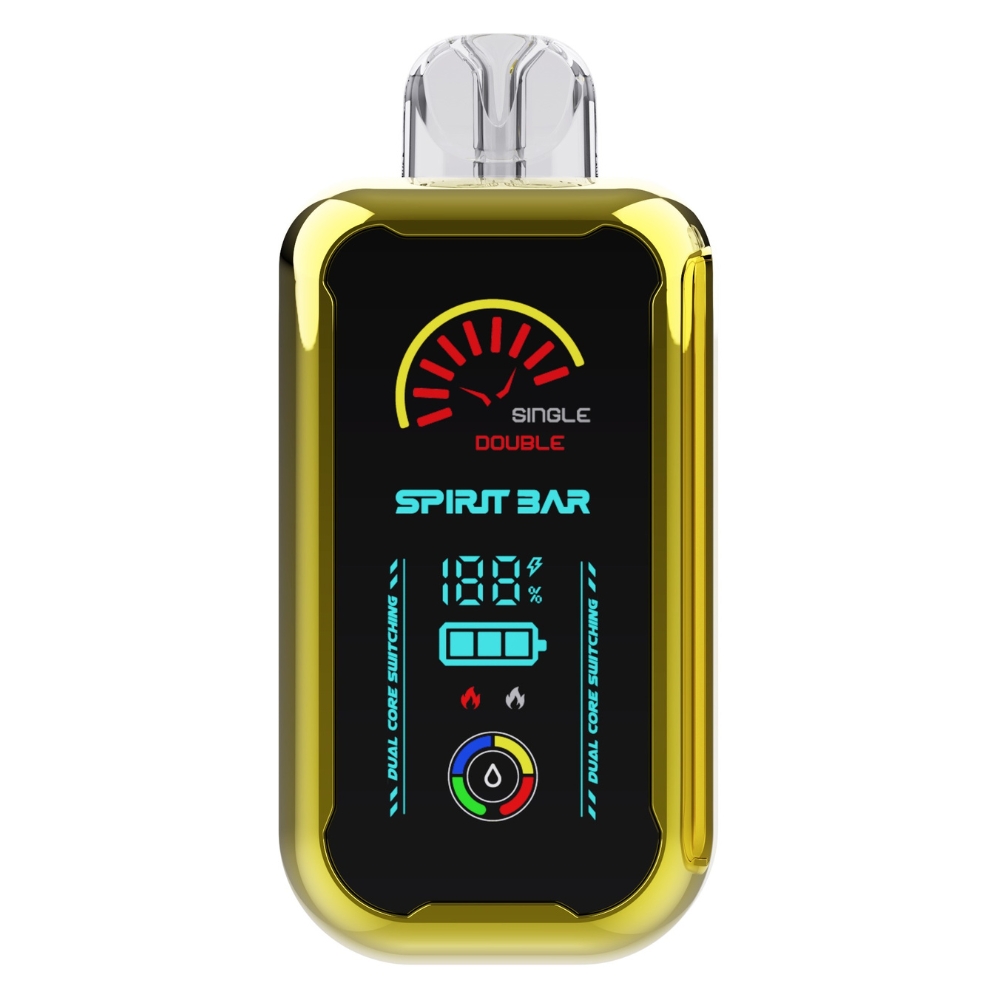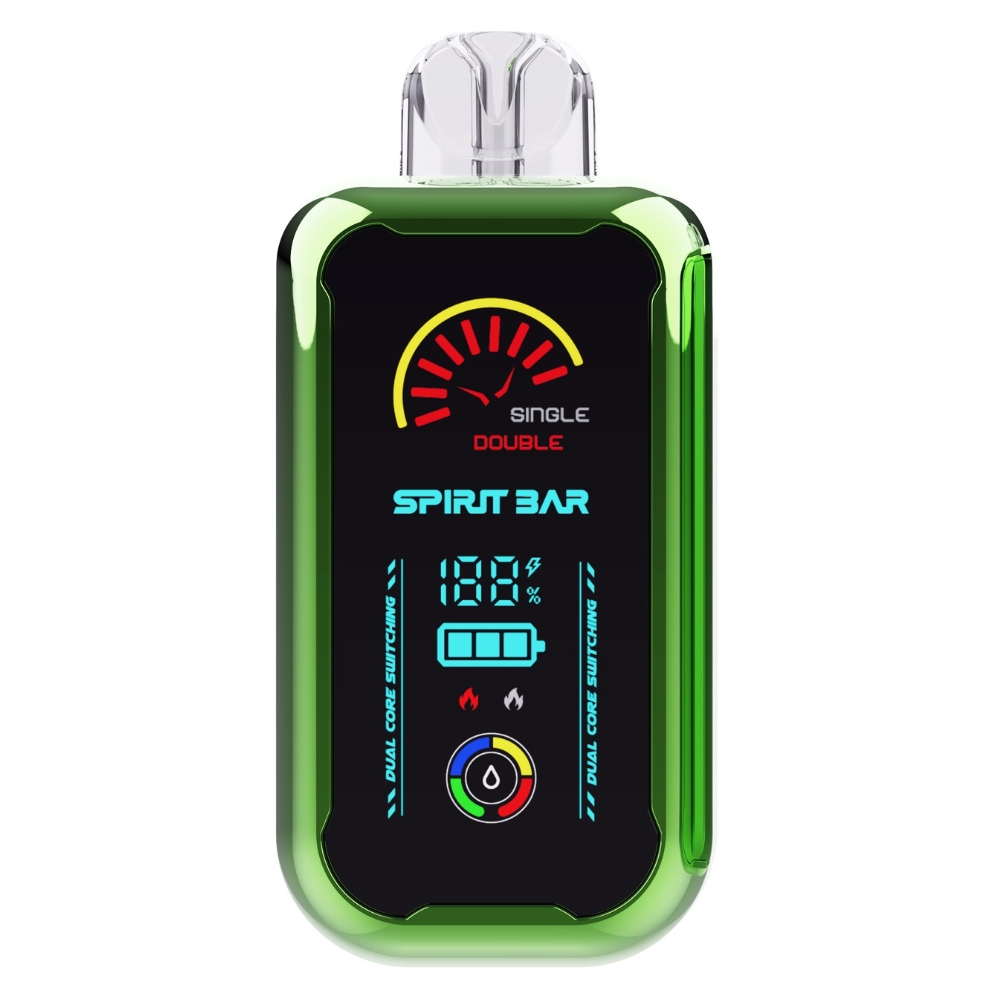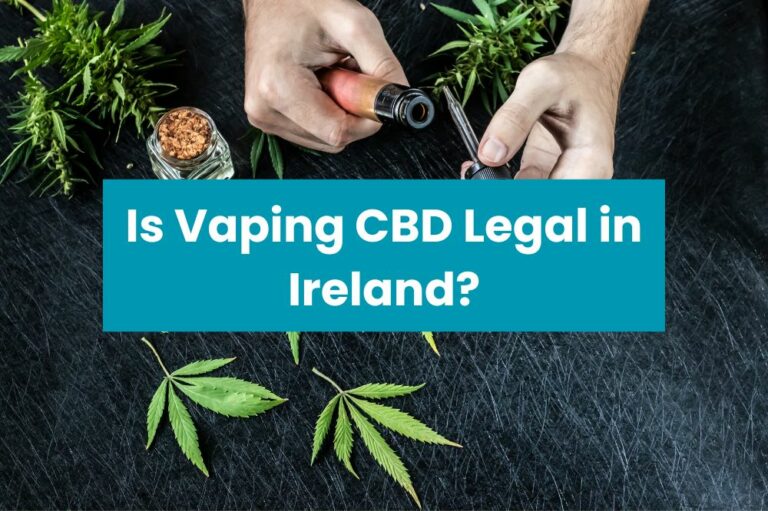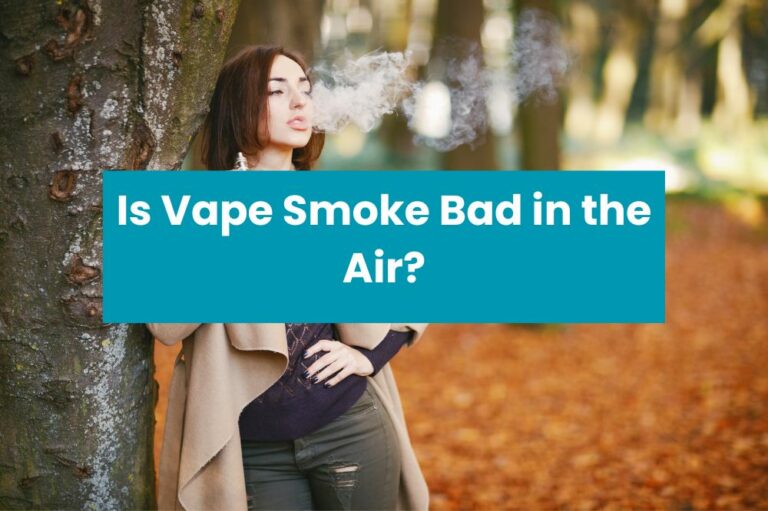How Many Drags of Vape is Safe?
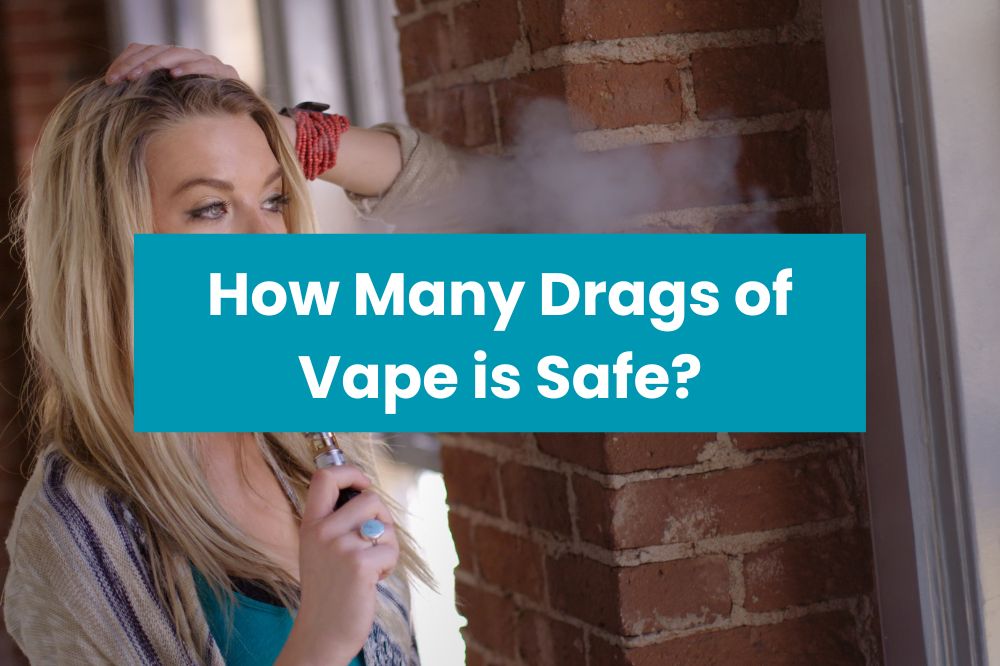
Vaping has become increasingly popular in recent years, especially among younger generations. While many people turn to vaping as a safer alternative to smoking, questions remain about the safety of vaping itself. One common question is how many drags of vape is safe.
The answer to this question is not straightforward, as it depends on a variety of factors. One important factor is the nicotine content of the vape juice. Nicotine is a highly addictive substance that can have negative health effects, including an increased risk of heart disease and stroke. The more nicotine in the vape juice, the more harmful it can be to your health.
Another factor to consider is the frequency of vaping. The more frequently you vape, the more potential harm you may be doing to your body. Additionally, the length of each drag can also impact its safety. Longer drags can lead to more exposure to harmful chemicals and increase the risk of negative health effects. Overall, it is important to be mindful of these factors and to use moderation when vaping.
Understanding Vaping
If you are new to vaping, it is important to understand what vaping is and the components of a vape.
What is Vaping?
Vaping is the act of inhaling and exhaling an aerosol, often referred to as vapor, produced by an e-cigarette or similar device. E-cigarettes are battery-operated devices that heat a liquid (usually containing nicotine, flavorings, and other chemicals) to create an aerosol, which is then inhaled into the lungs.
Components of a Vape
A vape consists of several components, including:
- Battery: The battery is the power source for the vape. It provides the energy needed to heat the coil and vaporize the e-liquid.
- Coil: The coil is a small piece of wire that is wrapped around a wick. When the battery is activated, it heats the coil, which in turn heats the e-liquid and creates vapor.
- Tank: The tank is the part of the vape that holds the e-liquid. It is usually made of glass or plastic and has a capacity of 1-5 ml.
- E-Liquid: The e-liquid, also known as vape juice, is the liquid that is vaporized in the vape. It typically consists of a mixture of propylene glycol, vegetable glycerin, flavorings, and nicotine (although not all e-liquids contain nicotine).
- Atomizer: The atomizer is the part of the vape that vaporizes the e-liquid. It consists of the coil and the wick, and is responsible for creating the vapor that is inhaled.
Overall, understanding the components of a vape can help you make informed decisions about vaping and ensure that you are using your device safely.
Health Implications of Vaping
Vaping is often marketed as a safer alternative to smoking, but it is not without its health risks. Here are some of the short-term and long-term effects of vaping.
Short-Term Effects
- Nicotine addiction: Vaping devices contain nicotine, which is highly addictive. Nicotine can cause an increase in heart rate and blood pressure, as well as dizziness and nausea.
- Irritation of the lungs: Inhaling the chemicals in e-cigarette vapor can cause irritation of the lungs, leading to coughing, wheezing, and shortness of breath.
- Dry mouth and throat: The propylene glycol and vegetable glycerin in e-cigarette vapor can cause dry mouth and throat.
- Headaches: Some people experience headaches after vaping, which may be due to the nicotine or other chemicals in the e-liquid.
Long-Term Effects
- Lung damage: Vaping can cause lung damage, including inflammation and scarring of the lung tissue. This can lead to chronic obstructive pulmonary disease (COPD) and other respiratory problems.
- Increased risk of heart disease: Nicotine can cause an increase in heart rate and blood pressure, which can increase the risk of heart disease.
- Cancer: While e-cigarettes do not contain tobacco, they do contain chemicals that can cause cancer. These chemicals include formaldehyde, acetaldehyde, and acrolein.
- Impaired brain development: Nicotine can affect brain development in young people, potentially leading to mood disorders, poor impulse control, and other cognitive problems.
It is important to remember that vaping is not risk-free. If you are considering vaping, it is important to weigh the potential risks against the benefits. If you are already vaping, consider talking to your doctor about ways to quit.
How Many Drags are Safe?
When it comes to vaping, safety is a top priority. One of the most common questions asked is how many drags of vape is safe? While there is no one-size-fits-all answer, there are some guidelines to follow to ensure safe vaping practices.
Research on Safe Vaping Levels
According to Johns Hopkins Medicine, vaping is less harmful than smoking, but it’s still not safe. E-cigarettes heat nicotine, flavorings, and other chemicals to create an aerosol that you inhale. While we don’t know exactly what chemicals are in e-cigarettes, we do know that regular tobacco cigarettes contain 7,000 chemicals, many of which are toxic.
Research has shown that the number of puffs you take in a day can impact your health. A study published in the journal Tobacco Control found that people who took more than 200 puffs a day had a higher risk of lung disease than those who took fewer puffs.
Variables Impacting Safety
There are several variables that can impact the safety of vaping, including:
- Nicotine levels: The amount of nicotine in your e-liquid can impact how many drags are safe. It’s important to choose a nicotine level that is appropriate for your needs. If you’re a heavy smoker, you may need a higher nicotine level to satisfy your cravings. If you’re a light smoker or non-smoker, a lower nicotine level may be more appropriate.
- Device type: The type of device you use can also impact how many drags are safe. Pod systems and cig-a-likes tend to have lower wattages and produce less vapor, which can make them safer to use. On the other hand, high-powered mods can produce a lot of vapor and may not be suitable for beginners.
- Inhalation technique: The way you inhale can also impact the safety of vaping. Taking short, shallow puffs can help prevent overheating the coil and reduce the risk of inhaling too much vapor. It’s also important to take breaks between puffs to allow the e-liquid to saturate into the coil wick.
In conclusion, there is no one-size-fits-all answer to how many drags of vape is safe. It’s important to consider your individual needs and use safe vaping practices to reduce the risk of harm. Be sure to choose a device and nicotine level that is appropriate for your needs, and take breaks between puffs to allow the e-liquid to saturate into the coil wick.
Factors Influencing Vape Safety
When it comes to vaping, there are several factors that can influence its safety. Here are some of the most important factors to keep in mind:
Nicotine Content
The amount of nicotine in the e-liquid you use is one of the most important elements to consider. Understanding the dangers of taking large dosages is critical because it is a highly addictive chemical. It is in e-liquid and can vary greatly, from as little as 3mg to as much as 50mg. The higher the nicotine content, the more dangerous it can be. If you are a beginner, it is best to start with a lower nicotine content and gradually increase as you become more experienced.
Vape Quality
The quality of your vape device can also affect its safety. Cheaply made devices may not be built to the same safety standards as higher-end models, which can put you at risk of injury. Look for devices that are made by reputable manufacturers and that have good user reviews.
Frequency of Use
The frequency at which you use your vape device can also impact its safety. Overuse can lead to nicotine poisoning, which can cause symptoms such as nausea, vomiting, and seizures. It is important to take breaks between vaping sessions and to not use your device excessively.
In summary, the safety of vaping is influenced by several factors, including nicotine content, vape quality, and frequency of use. By being aware of these factors and taking steps to mitigate any potential risks, you can enjoy vaping safely.
Alternatives to Vaping
If you’re looking to quit vaping, there are several alternatives you can try. Here are two popular options:
Nicotine Replacement Therapy
Nicotine Replacement Therapy (NRT) is a method of quitting smoking that involves using products that contain nicotine, but not tobacco. These products include nicotine gum, patches, lozenges, inhalers, and nasal sprays. NRT can help reduce cravings and withdrawal symptoms, making it easier to quit vaping.
Behavioral Therapy
Behavioral therapy is another option for those looking to quit vaping. This type of therapy involves working with a therapist to identify the triggers that lead to vaping and developing strategies to avoid those triggers. Behavioral therapy can also help you develop coping skills to deal with stress and other emotions that may lead to vaping.
Both NRT and behavioral therapy can be effective alternatives to vaping. However, it’s important to note that these methods may not work for everyone. If you’re struggling to quit vaping, talk to your doctor or a healthcare professional for personalized advice and support.

